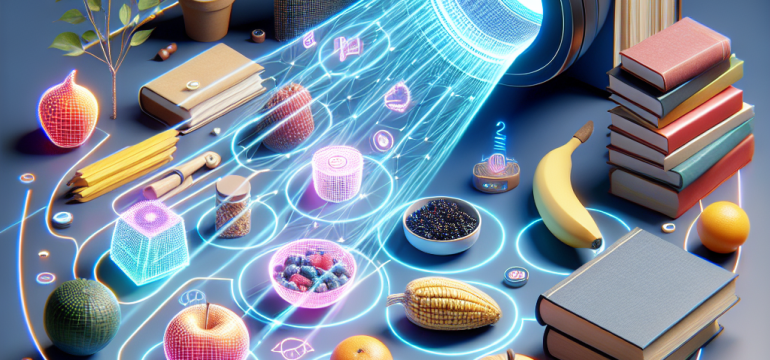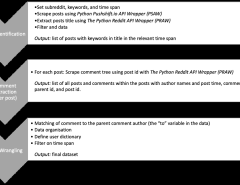VisioPhysics
Elevator Pitch: Imagine being able to know the weight, hardness, and friction of any object just by looking at it. VisioPhysics makes this possible, revolutionizing how industries interact with physical objects by providing AI-powered estimates of their properties through simple images. Say goodbye to physical sampling and hello to efficiency.
Concept
AI-driven platform for estimating physical properties of objects through imagery
Objective
To enable industries to estimate and analyze the physical properties of objects using only images, thereby reducing the need for physical interaction or sampling.
Solution
Leveraging AI and large language models to interpret images of objects and accurately predict their physical properties such as mass, friction, and hardness without direct contact.
Revenue Model
Subscription-based access for businesses and researchers, with tiered pricing based on usage volume and the level of detail required.
Target Market
E-commerce, logistics, robotics, material science research, and quality control departments across manufacturing industries.
Expansion Plan
Initial focus on industries with high throughput of material assessment (e.g., logistics, e-commerce), then expanding to robotics and automation for material handling, and later to academic and industrial research sectors.
Potential Challenges
High accuracy requirement in diverse settings, data privacy and security, and ensuring scalability across different object types and conditions.
Customer Problem
The inability to rapidly and non-intrusively determine the physical properties of objects, which is currently a labor-intensive, time-consuming, and potentially error-prone process.
Regulatory and Ethical Issues
Navigating data privacy regulations, especially when dealing with proprietary or sensitive materials. Ethical considerations in automation potentially leading to job displacement.
Disruptiveness
This tool can revolutionize industries reliant on material properties by significantly reducing costs, improving efficiency, and enabling novel functionalities like automated material sorting without physical testing.
Check out our related research summary: here.



Leave a Reply